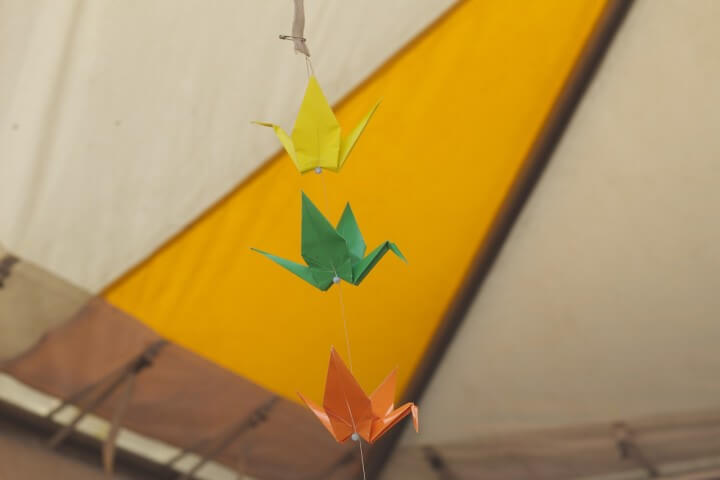 Many people have dabbled in origami at one time or another during their lives. As with anything in life, some people pick up the techniques quickly while others have a hard time mastering even the most simple origami shapes. It can be frustrating when you are trying to make a beginner origami object but it doesn’t look like the picture. For many, visualizing the finished piece is the most difficult part of creating origami as it can be challenging for highly visual people to process written directions or envision a flat piece of paper as a three dimensional work of art.
Many people have dabbled in origami at one time or another during their lives. As with anything in life, some people pick up the techniques quickly while others have a hard time mastering even the most simple origami shapes. It can be frustrating when you are trying to make a beginner origami object but it doesn’t look like the picture. For many, visualizing the finished piece is the most difficult part of creating origami as it can be challenging for highly visual people to process written directions or envision a flat piece of paper as a three dimensional work of art.
Fortunately, origami can be simplified. There isn’t one correct way to create origami characters. There are instructions that provide graphics or photos of each step in the process and, on the internet, you can find free instructional videos that will walk you through how to make an origami object in real time. Some origami enthusiasts enjoy experimenting with the most basic folding techniques to create totally new shapes. There is something for everyone who is looking to learn how to do origami.
In origami, there are basic folds and bases. Familiarize yourself with these folds and bases, as knowing these basics will make it easier to understand written instructions that use this terminology.
Basic folds to learn include:
* Valley fold
* Petal fold
* Mountain fold
* Rabbit ear
* Squash fold
* Reverse fold
* Crimp
* Sink
* Hamburger/hot dog/taco fold
Once you have practiced creating the basic folds, and are comfortable doing so, you can move on and learn the bases of origami.
The bases of origami, which you need to know to do origami successfully include:
* Preliminary base
* Bird base
* Waterbomb base
* Fish base
While it is vital to learn the folds and bases in origami, there is one more component as important, if not more so, than knowing your folds and bases, when it comes to origami: origami paper. Even if you follow each folding step to the letter, the paper that you use is more important than any technique you learn as the wrong kind of paper can make it impossible to create the shape you’d like to make. Here are some vital things that you must remember when choosing and using paper for your origami creations:
* Origami paper should be perfectly square. If the paper is not perfectly square, the corners will not match up when the paper is folded, which will compromise the integrity of the shape, at best, or render it impossible to make, at worst.
* Origami paper is thinner than regular printer paper. The thinner paper makes it easier to make multiple folds and manipulate the paper as required to create the origami art you’re trying to make.
* Origami paper is often colored or patterned. Start your origami shape with the right side of the paper up so that, by the time you are finished with your figure, your creation does not look like it is inside out. You could also stick to double sided paper until you get the hang of which side to start on.
Remember, very few things are simple the first time you try them. If you don’t take to origami like a fish to water, don’t be disappointed in your abilities as becoming an origami creator takes time. With time, patience, lots of practice and determination, you’ll learn the whole origami process and it’ll get easier and become more enjoyable.

Leave a Reply